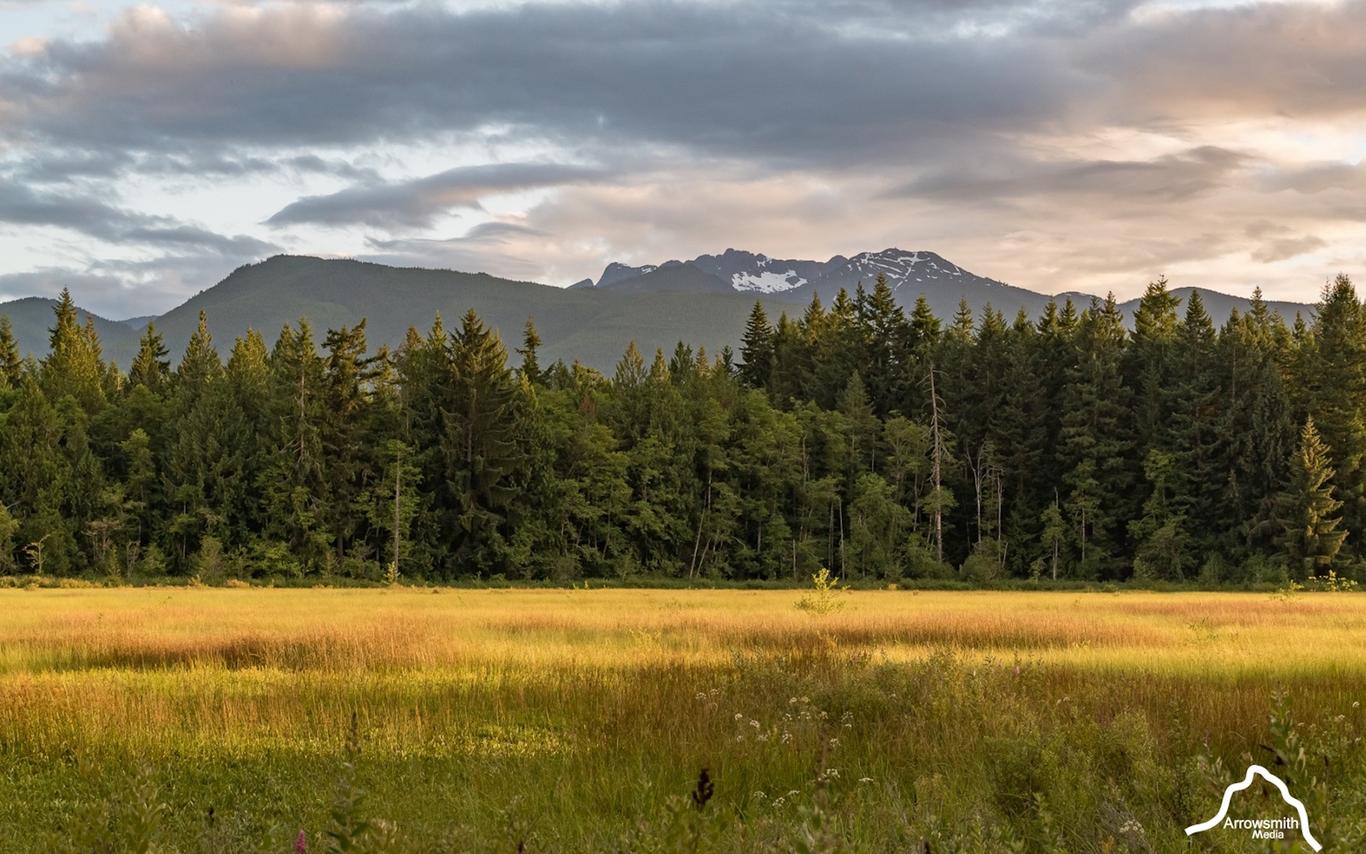The MABR is one of the 19 biosphere regions across Canada to receive funding from Environment and Climate Change Canada for efforts towards enhancing biodiversity conservation. Working with the Canadian Biosphere Reserves Association and numerous partners within the MABR, our project focuses on activities that aim to enable some of the buffer and transition zones within the region to meet the international guidance and standards to qualify them as Other Effective Area-Based Conservation Measures (OECMs). OECMs are defined by the Convention on Biological Diversity as:
A geographically defined area other than a Protected Area, which is governed and managed in ways that achieve positive and sustained long-term outcomes for the in-situ conservation of biodiversity, with associated ecosystem functions and services and where applicable, cultural, spiritual, socio-economic, and other locally relevant values (CBD, 2018).
Project Objectives
The designation of OECMs in Canadian biosphere regions aims to support Canada’s goal of conserving 30% of land and water by 2030. Within the MABR, we are collaborating with local government, environmental NGOs, First Nations, and landowners to protect areas of high conservation value that may be at risk of species and habitat loss. The main goals of this project include:
- Buffer and transition zone inventory assessment: through partnerships, the MABR will assess current zonation schemes to determine if more appropriate or expanded zones could support biodiversity, conservation, and overall objectives of Canada’s Pathway to Target 1.
- Work collaboratively with regional stakeholders to identify potential areas that could be designated as OECMs or Protected Areas.
- Once appropriate areas have been identified for potential designation – stakeholder engagement, collaborative planning, management strategies, and land acquisition will be undertaken to support designation.
- Ongoing species at risk inventory assessments and restoration activities, including the development of an informative document based on habitat and breeding windows to support conservation of biodiversity and provide guidance on when activities can take place, including development and restoration.
To achieve these objectives, project activities include:
- Research and evaluation: mapping areas of high conservation values; species at risk inventory assessments; and evaluation of zonation.
- Landowner and stakeholder engagement: relationship building with local municipalities, private landowners, and First Nations.
- Governance, management, and decision-making: land acquisition; governance and management plans; and guidelines for habitats and species at risk.
- Stewardship, restoration, and monitoring: collaboration with local stewardship groups and stakeholders to implement habitat enhancement projects.
- Knowledge transfer and dissemination: local, regional, and national participation in knowledge sharing.
Project Team
For more information about the project, please contact:
Alanna Vivani, Project Coordinator: Alanna.vivani@viu.ca
Jenica Ng-Cornish, Project Coordinator: Jenica.ng-cornish@viu.ca
